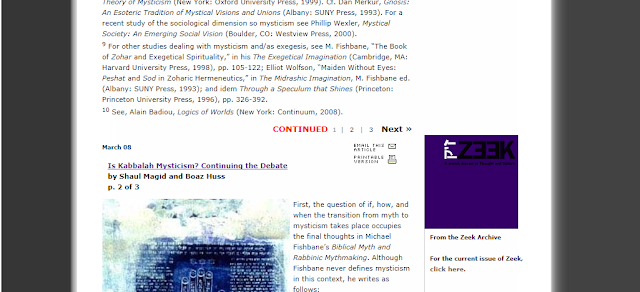ICYMI - From today's Mimi Charnoff Professional Development Day, my list of my go-to Add-ons for Google Apps (Docs, Forms, Slides) and my favorites extensions for Chrome.
REMINDER: Extensions only work in Chrome on a Chromebook, a PC or a Mac. They do NOT work on Chrome on a phone or tablet (iPad, etc.) as they are not true Chrome browsers.
Google Doc Add-ons
| |
Change Case
|
For those typing mistakes - ALL CAPS all gone
|
Extensis Fonts
|
Find precisely the right font
|
Kaizena
|
Add voice comments to a shared doc thru Google Classroom
|
Highlight Tool
|
Share labeled highlighter categories
|
Sefaria
|
Add Jewish texts directly to docs
|
In an open Google Doc, go to Add-ons.
| |
Google Form Add-ons
| |
123RF Stock Photos
|
Free photos to insert into Forms
|
All Questions Required?
|
For Quizzes - Click when finished
|
CheckItOut
|
For keeping track of inventory
|
Form Publisher
|
Convert to Doc, Slide, Sheet
|
Form Limiter
|
Limit time or number of responses
|
PaperScorer
|
Create bubble sheet from form - scan w/ phone to score
|
Google Slides Add-Ons - NEW!
| |
AdobeStock
|
Free photos to insert into Slides
|
ShutterStock
| |
Unsplash Photos
| |
Pear Deck
|
Create formative assessments and interactive slides
|
Slides Toolbox
|
One-click for repeated tasks
|
Supercharge Chrome with Extensions
| |
Edit Microsoft Office files with converting to Docs, etc.
| |
Save articles to read later
| |
Blocks ads online
| |
Does what it says
| |
Post or push site to Google Classroom
| |
Click and e-mail webpage
| |
Save directly to Keep
| |
Declutters distracting pages
| |
Declutter and open multi-page articles
| |
Create a temp, real-word URL shortcut
| |
New tabs open blank
| |
Double-click on a word for its definition
| |
Turn all your tabs into 1 link page
| |
Translate, transliterate into other languages
| |
On-screen tutorials within Google Apps
| |
If you need to insert foreign accents
| |
Opens Rediker in parallel window from Classroom
| |
Opens up to 20 docs in separate tabs
| |






















